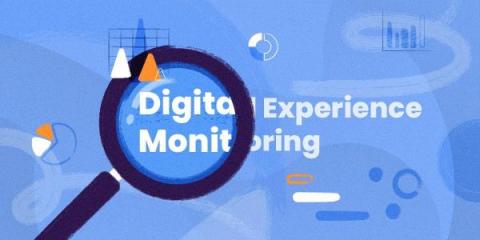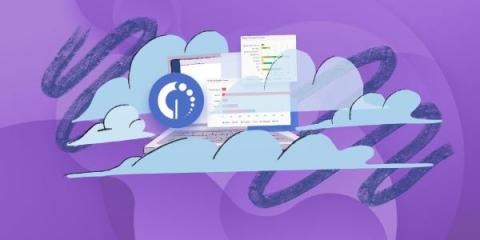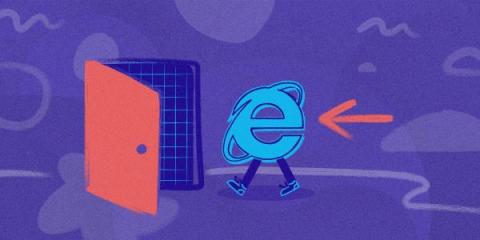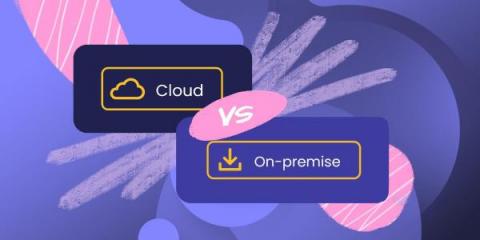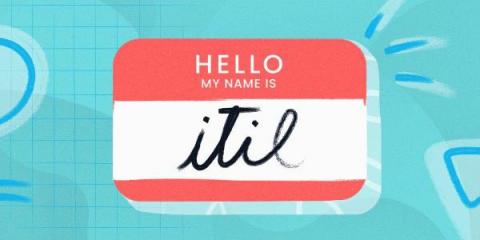How to Boost Help Desk Agent Productivity (By Avoiding Burnout)
IT help desk agent productivity is a much-discussed subject, but one that few seem to actually get a handle on. But what are the basics when it comes to increasing the productivity of your service desk agents and still treating them with kindness and empathy? Today, we’ll find out. Plus, we’ll offer some common-sense tips to get you on the right track. If there’s one thing that we can take for granted in the world, it’s that customers need around-the-clock service.



